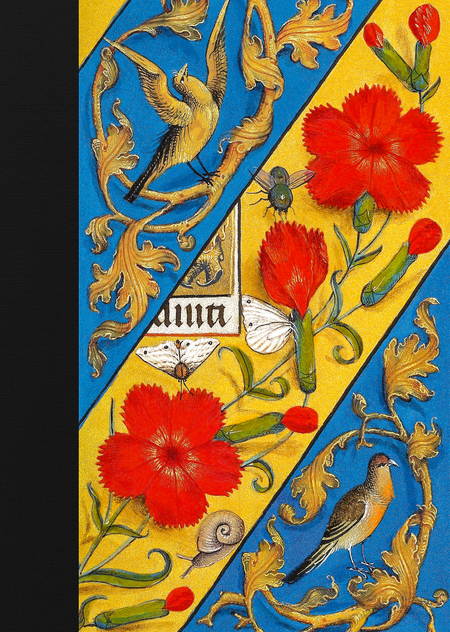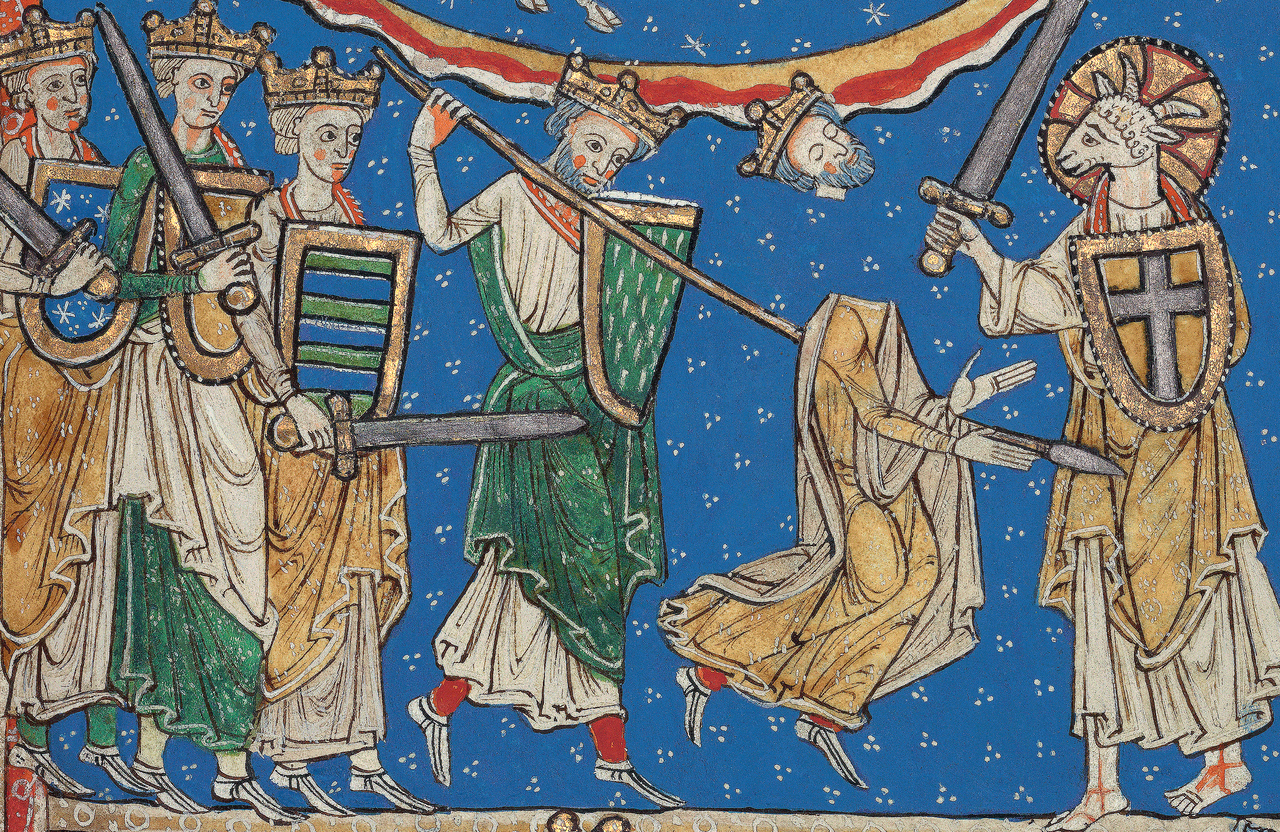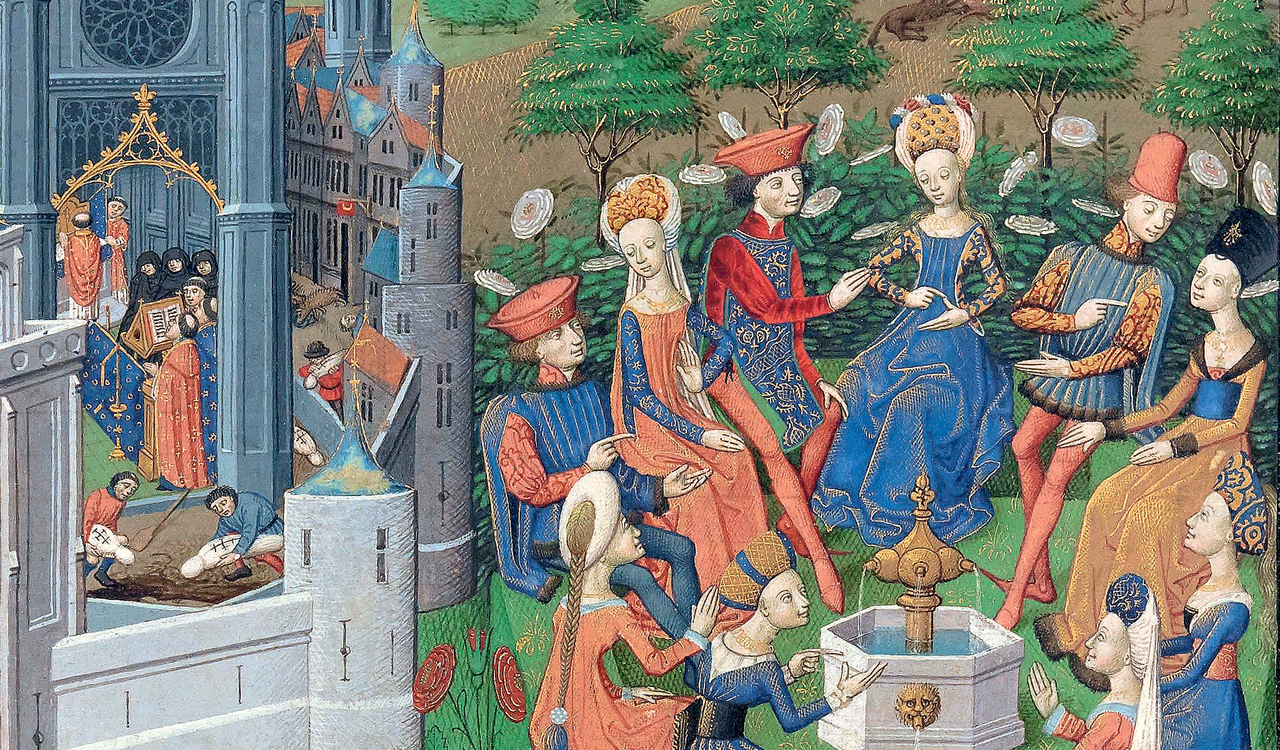
A hundred amazing manuscripts.


The publication presents miniaturisms from the 100 Western European manuscripts of the IX–XVI centuries and stories of each of these amazing phenomena of the world’s visual culture. The creation of handwritten books in the Middle Ages was not only a godly work, but also a long, hard work of many months and sometimes several years. Well — known copyists were visited by customers, including noble court members, rich citizens, and even kings' ambassadors.
Like many others, the culture of the Book of the Middle Ages inherited from Antiquity
A Handwritten Book — The Results of the Material and Spiritual Efforts of Many People
The writings could be the Gospel, or a very revered Apocalypse, the Bible, which the client was about to give to the monastery; or perhaps a miniatural clock, whose master always wanted to have a list of prayers that were appropriate to a given day and occasion. Often, secular books with fascinating or educational content — a story about Alexander of Macedonia’s fantastic adventures or a story about the amazing properties of animals and plants — were commissioned.
The medieval illustrations are astounded by the brightness and variety of colors — not by chance did they believe that the beauty of the illustrations reflected all the good diversity of divine wisdom.
A special case is the decoration of the initials, the first letters on the page or in the phrase. Sometimes the initial became an independent image — because of a huge letter, mythological creatures or Evangelic heroes could look, it was wrapped in flowers, ivy branches, or had fantastic animals on it.